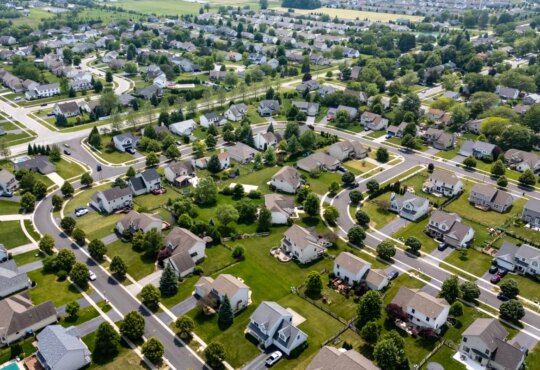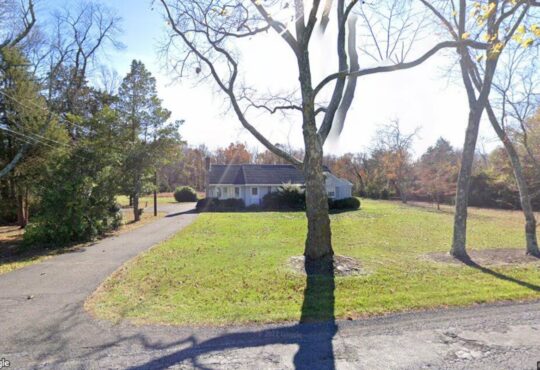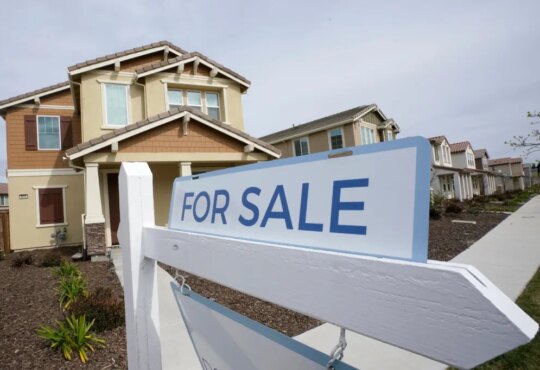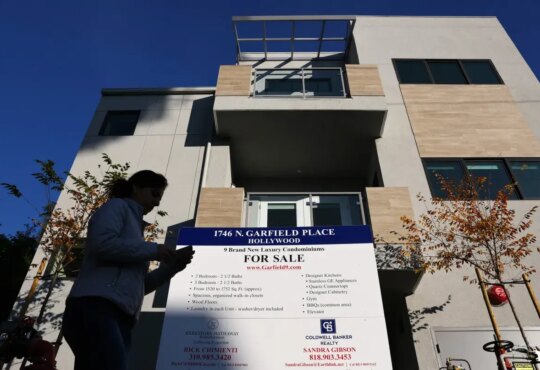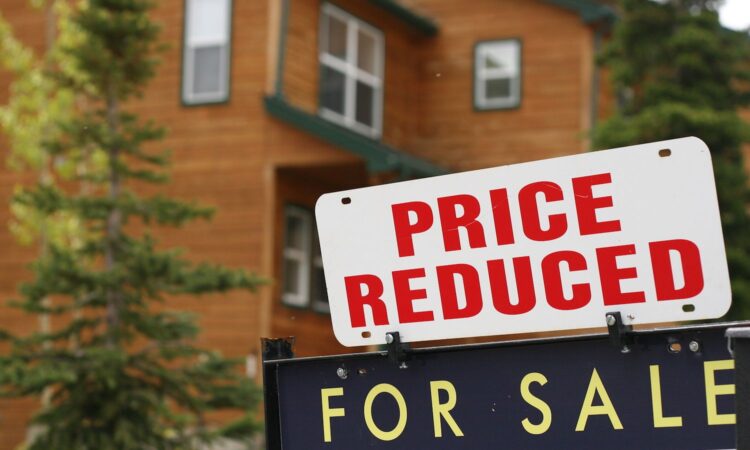
Key Takeaways
- Home prices in August increased by 1.5%, the slowest rate in two years, providing some relief for house hunters under pressure from high costs.
- Home price trends vary by area, with New York, Chicago and Cleveland posting strong gains, while home prices in Tampa, Phoenix and Miami all fell.
- The relief in home prices may not last, as falling mortgage rates are likely to increase buyer demand.
After years of rising home prices, the gains are beginning to cool down. But how long will it last?
Home prices in August were up 1.5% from a year ago, rising at their slowest pace in two years, giving some relief to house hunters facing an unaffordable market. Data from the S&P Cotality Case-Shiller national home price index shows rising home prices aren’t keeping pace with inflation.
Why This Matters for Home Buyers
Housing is one of the U.S. economy’s biggest drivers, and typically accounts for a large share of household wealth. That’s why shifts in the real estate market tend to have far-reaching effects.
“This marks the weakest annual gain in over two years and falls well below the 3% inflation rate,” said Nicholas Godec, head of fixed income tradables and commodities at S&P Dow Jones Indices. “For the fourth straight month, home values have lost ground to inflation, meaning homeowners are seeing their real wealth decline even as nominal prices inch higher.”
Prices Fall In Tampa, Climb In Chicago
Home price growth varied by location. New York, Chicago and Cleveland all showed year-over-year increases of 4.5% or more. Meanwhile, housing prices in Tampa, Phoenix and Miami all declined after their pandemic-era surge.
“Markets that experienced the sharpest pandemic-era gains are now seeing the largest corrections, while more affordable metros with stable local economies are holding up better,” Godec said. “The housing market appears to be finding a new equilibrium after the pandemic boom.”
Affordability in the housing market has been stretched by a combination of steadily-increasing home prices and mortgage rates that have hovered near their highest levels in more than a decade. But increases in home inventory could help keep prices in check.
“Supply conditions have shifted in favor of buyers as price cuts and longer stays on the market have become more common,” wrote Ben Ayers, senior economist at Nationwide.
Falling Mortgage Rates Could Change Everything
However, August’s home price relief may not last, thanks to falling mortgage rates, which at 6.19% are the lowest in more than a year. While lower mortgage rates offer buyers better borrowing costs, they may also spur more interest from house hunters who could then bid up home prices.
“Falling mortgage rates should boost demand from buyers who have been waiting for a cheaper environment, preventing a sharp drop off in house prices,” Ayers wrote.

